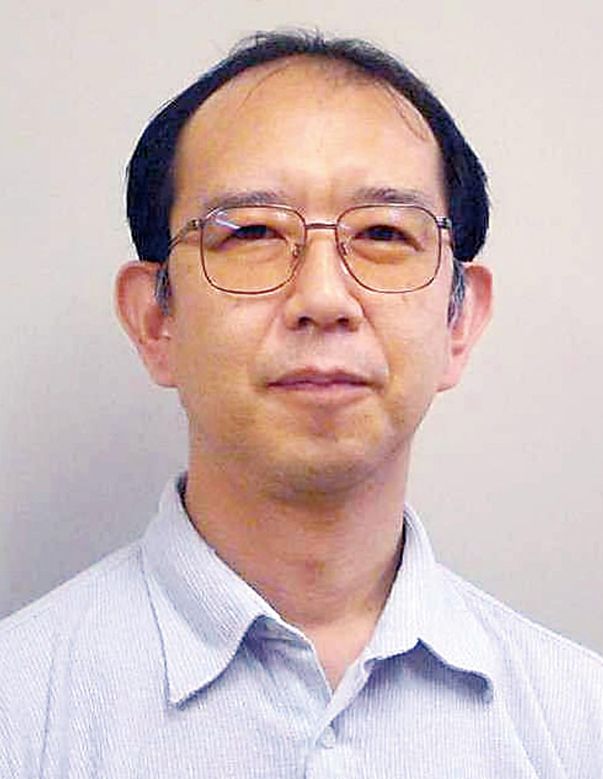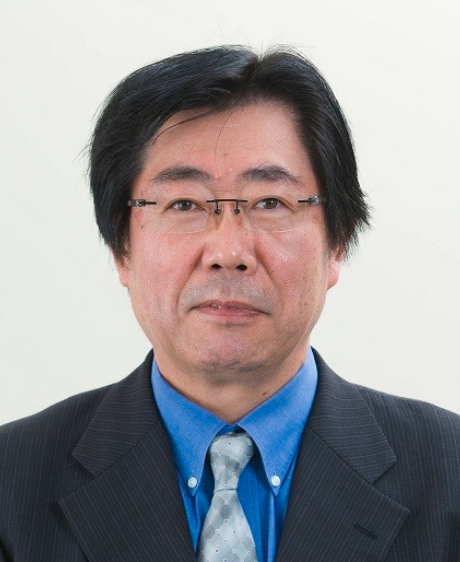
|
The 15th International Conference on P2P, Parallel, Grid, Cloud and Internet Computing |
3PGCIC-2020October 28-30, Yonago, Tottori, Japan |
|---|---|
|
In conjunction with the BWCCA-2020 International Conference. |
|
Important Dates
Submission Deadline: July 31, 2020 (Hard Deadline)
Authors Notification: August 5, 2020
Author Registration: August 20, 2020
Final Manuscript: August 20, 2020
Conference Dates: October 28-30, 2020
Keynote Talks
Keynote Speaker I

Prof. Masato Tsuru, Kyushu Institute of Technology, Japan
Biography
Prof. Masato Tsuru received B.E. and M.E. degrees from Kyoto University, Japan in 1983 and 1985,
respectively, and then received his D.E. degree from Kyushu Institute of Technology, Japan in 2002.
He worked at Oki Electric Industry Co., Ltd., Nagasaki University, and Japan Telecom Information
Service Co., Ltd.
In 2003, he moved to the Department of Computer Science and Electronics, Kyushu Institute of
Technology (Kyutech) as an Associate Professor, and then has been a Professor since April 2006.
His research interests include performance measurement, modeling, and management of computer
communication networks especially for Software-Defined Networking (SDN) and Delay Tolerant
Networking (DTN). He is a member of the ACM, IEEE, IEICE, and IPSJ.
Title: Fairness and Efficiency in Network Resource Sharing
Abstract: With the expansion of network users and applications, the network traffic is still growing and a better sharing of limited network resources among multiple users/applications is required. In particular, recent strong demand on Internet of Things (IoT) for smart and connected communities along with architectural advancement, such as Software-Defined Networking (SDN) and Multi- access Edge Computing (MEC), have posed new challenges in fair and efficient resource sharing by multiplexing with complex and heterogeneous settings. In this talk, after briefly reviewing recent trends in communication networks, we discuss the concept of fairness in terms of achieved performance of each user through simple examples in wireless and wired networks. Then we go into more details in a few examples (Multipah-multicast file transfer on OpenFlow network; Wireless shared channel scheduling), and see how a fair and efficient resource sharing can be realized by time-division, space-division, and information-coding multiplexing.
Keynote Speaker II

Prof. Yoshitaka Shibata, Honorary professor, Iwate Prefectural University, Japan
Biography
Yoshitaka Shibata received his Ph.D. in Computer Science from the University of California, Los
Angeles (UCLA), U.S.A. in 1985. From 1985 to 1989, he was a research member in Bell
Communication Research (former AT&T Bell Laboratory), where he was working in the area of
high-speed information network and protocol design for multimedia information services. From
1989 to 1998, he was with Information and Computer Science Department in Toyo University, Japan
as a professor, where he conducts an intelligent multimedia network laboratory. Since 1998, he is
working for Iwate Prefectural University, Japan as an executive director of Media Center and a
professor of Faculty of Software and Information Science. In 2014, he became a vice president and
professor emeritus in the same university. His research interests include Intelligent Multimedia
Networks, IoT Technology, Virtual Reality and Agent Technologies, Kansei Information Processing
and V2X Communication. He is a member of IEEE, ACM, Information Processing Society of Japan
(IPSJ) and Institute of Electronic and Communication Engineering in Japan (IEICE). He is an author
of more than 423 international journals and conference proceedings.
Title: Road Status Sensing and V2X Technologies toward Autonomous Driving on Challenged Network Environment
Abstract: Autonomous driving systems is expected as future safe and effective vehicles and have been investigated and developed in industrial countries and actually driving on the exclusive and highway roads with flat surface, clear driving lanes and center lines separated from the opposite direction and on good weather conditions. In the future autonomous driving system, more general road status and weather status environments such as heavy snow countries in addition to challenged network environment where no public communication network is available must be considered to realize safer and reliable mobility infrastructure. In this talk, in order to resolve the above problems, IoT based crowd sensing technology using various environmental sensors to precisely identify qualitative and quantitative road status using AI technology is discussed. The next generation V2X communication technology to exchange and share those road status and GIS information among surrounding vehicles and roadside bases stations is also explained. Finally a wide road status information sharing platform for challenged weather and network environments based on the 5G and the next generation high LAN is introduced.